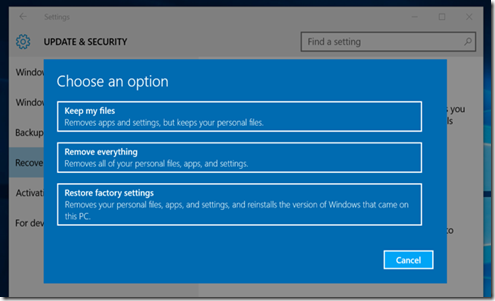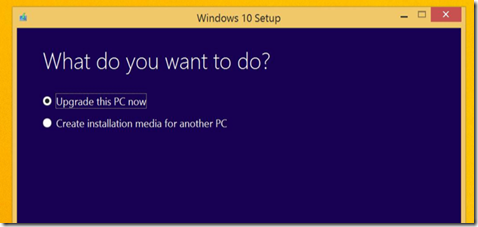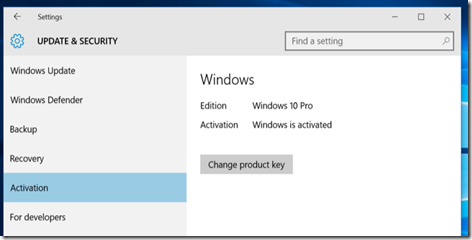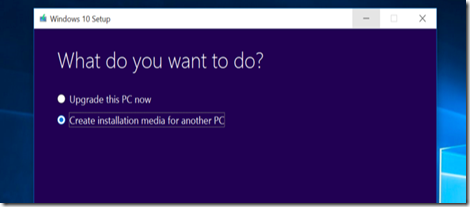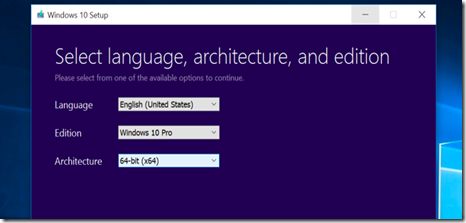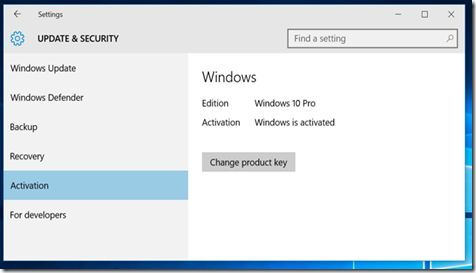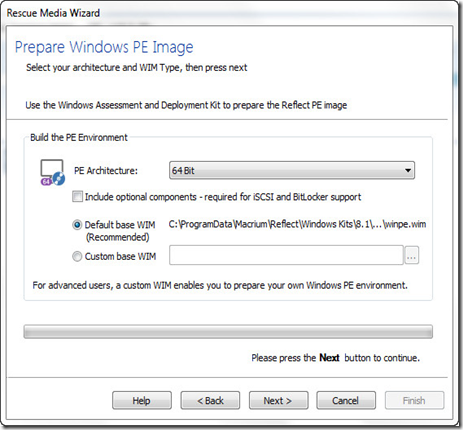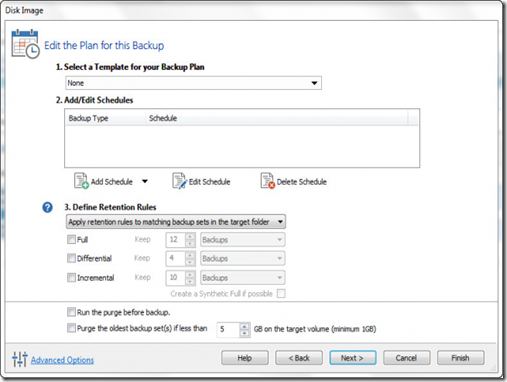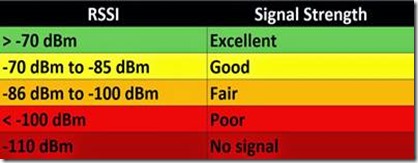The Windows 10 upgrade process drags old files, settings, and programs from your previous Windows system to your new one. Microsoft allows you to get an entirely fresh system by performing a clean install, but the activation process can be a bit confusing.
This is also useful if you’ve purchased a new Windows 10 PC and it includes manufacturer-installed bloatware you don’t want. Or, you may need to perform a clean install on a computer without an existing Windows system after installing a new hard drive.
Note that you won’t be eligible for the free “Windows DVD Player” app offered to users of Windows Media Center if you perform a clean install. However, you can always install VLC to get DVD playback or use one of the more fully featured Windows Media Center alternatives.
The Easy Alternative: Perform a Reset and Remove Everything
There’s an alternative to clean-installing. You can use the Reset feature to reset your Windows 10 system back to its fresh state.
If you installed Windows 10 yourself, this should give you a fresh Windows system. If you purchased a computer that came with Windows 10, this will likely bring back the bloatware that came with your Windows 10 PC. (There should be a way to prevent Windows 10’s Reset function from reinstalling the bloatware, but we’ll need to get our hands on a PC that comes with Windows 10 before we can find out how.)
Note that this may not be the perfect solution — while it should give you a perfectly like-new Windows system, some people have reported that it won’t fix some system corruption issues, in which case you’d want to perform a real clean install.
To reset your Windows 10 PC, open the Settings app, select Update & security, select Recovery, and click the “Get started” button under Reset this PC. Select “Remove everything.” This will wipe all your files, so be sure you have backups.
For the Free Upgrade: Have You Upgraded and Activated Your Windows 10 System?
If you want to perform a clean install of WIndows 10 and haven’t upgraded to Windows 10 yet on your Windows 7 or 8.1 PC, you have some extra work to do. You’ll need to take advantage of Microsoft’s upgrade offer before performing a clean install. (Obviously, if you have a PC that came with Windows 10 or you’ve purchased your own Windows 10 license, this isn’t necessary.)
When you upgrade a Windows 7 or 8.1 system to Windows 10, the installer confirms that you have a “genuine Windows” system installed and activates your computer for use with Windows 10. Note that you don’t actually get a Windows 10 product key — instead, your computer’s hardware is registered with Microsoft’s servers. When you install Windows 10 on that PC again in the future, it will check in with Microsoft’s servers, confirm it’s installed on a registered PC, and automatically activate itself.
If you don’t take advantage of the upgrade process first, this registration will never happen. There’s no way to enter a Windows 7 or 8.1 key into the Windows 10 installer, nor is there some sort of web form that will give you a Windows 10 key if you provide your Windows 7 or 8.1 key. Sorry — you’ll have to upgrade to Windows 10 before you can perform a clean install.
If you need to upgrade, you can download Microsoft’s Windows 10 media creation tool and tell it to “Upgrade this PC now.” It will automatically upgrade you to Windows 10 if your PC is running a genuine version of Windows 7 or Windows 8.1.
Once you’re done, confirm that Windows 10 is activated before performing a clean install. You can check this by opening Settings, selecting Update & Security, and selecting Activation.
Verify that you see “Windows is activated” here. Also, note the edition of Windows 10 you have installed — either Windows 10 Home or Windows 10 Pro. Most people will receive the Home edition as part of the free upgrade, but you’ll get Windows 10 Pro if you previously had a Professional edition of Windows 7 or 8.1 installed.
If Windows 10 isn’t activated, don’t try to perform a clean install until it is.
Download Windows 10 and Create Installation Media
Even if your Windows system has already been upgraded with the “Get Windows 10″ reservation process, you’ll need to download Windows installation media to install Windows 10 from scratch.
Download the Windows 10 media creation tool from Microsoft. This tool will download the correct Windows 10 installation files for your system, and it also has built-in functions to create USB installation media or burn an installer DVD. Select the “Create installation media for another PC” option to create installation media.
Be sure to select the correct type of installation media for the copy of Windows 10 that’s licensed for your PC — Windows 10 Home or Professional. You should also choose your language and select whether you want the 32-bit or 64-bit version of Windows here — most people will want the 64-bit version. However, you can create installation media that includes both the 32-bit and 64-bit version, and the installer will automatically select the most appropriate one when you use it to install Windows on a computer.
Install Windows 10 from the installation media like you would any other operating system. Restart your computer with the USB drive or DVD inserted and boot from that device. This may require you change a setting in the BIOS, access a boot menu, or use the “Use a device” option in the advanced startup options on a modern Windows 8 or 10 device that includes UEFI firmware instead of the traditional BIOS.
Select “Install Now” once the Windows installer starts. When you reach a screen asking for your WIndows 10 product key, click the Skip button. You won’t actually have a Windows 10 product key if you took advantage of the free upgrade offer.
If you do have a Windows 10 product key, enter it here.
Go through the setup process normally until you see the “Which type of installation do you want?” screen. Select the “Custom” option to ensure you’re performing a clean install and not an upgrade install.
Partition your system drive however you like. If you just have a single WIndows partition, you can tell the installer to overwrite it. If you have many partitions, you could delete them all and tell Windows 10 to install itself in the unallocated space.
You’ll be asked for the product key after the process is finished. Just click “Do this later” to skip this part and continue the setup process.
After you log into your new, clean-installed Windows 10 system, it should automaticallyactivate itself after you connect to the Internet. If you took advantage of the free upgrade offer, it does this by checking your computer’s hardware and then checking in with Microsoft, verifying that your hardware configuration is authorized to use Windows 10.
When we reinstalled Windows 10 Pro on our computer, it activated immediately. But, if Microsoft’s activation servers are overloaded, so it may take some time before your system activates. You can open the Settings app, select Update & security, and select Activation to check your activation status. If it’s not activated, you may see information here that can help you activate.
Some people report having to reboot several times, while others have just waited. The following command can force an activation to occur if it’s not happening automatically after going through the steps above. First, open an Administrator Command Prompt by right-clicking the Start button or pressing Windows Key + X and selecting Command Prompt (Admin). Type the following command and press Enter:
slmgr.vbs /ato
Many people report having to run this command several times. if you see an error message, try rebooting and running it again, wait and run it again, or just wait and let Windows activate automatically. Microsoft’s servers may be overloaded at the moment you’re trying to activate.
Microsoft’s free upgrade offer depends on your PC’s hardware so it may not activate properly if you’ve swapped out hardware inside your PC. You may need to call Microsoft and complete the phone activation process, explaining what happened, if you changed the PC’s hardware after taking advantage of the offer. The phone support line can give you an activation code that will allow you to activate Windows 10, even if it won’t activate automatically. However, you may have to provide additional information.
Note that the free Windows 10 upgrade (as well as OEM copies of Windows and pre-installed copies of Windows 10) can’t actually be transferred to a separate PC. They’re tied to a single PC’s hardware.
Taken From: http://www.howtogeek.com/224342/how-to-clean-install-windows-10/
